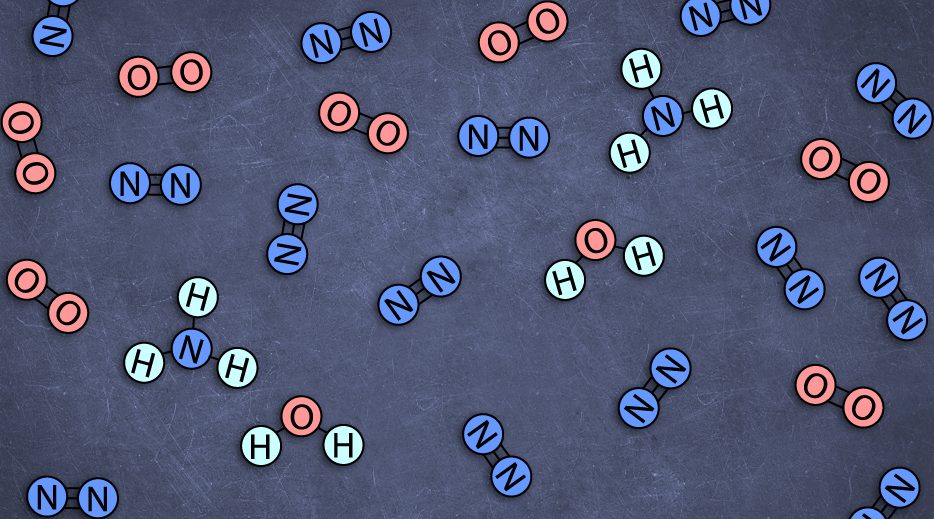A wood-derived absorbent that provides an efficient and scalable approach to the rapid clean-up of high viscosity crude oil.


A wood-derived absorbent that provides an efficient and scalable approach to the rapid clean-up of high viscosity crude oil.

As actor and playwright, Shakespeare saw the sky as a theatrical element. While his so‐called festive comedies appear far less festive if we pay attention to their climatic specificities, his tragedies offer interesting insights into the way the playwright associates heavens and humors on the one hand, climate and the planets on the other.

A new strategy for achieving precise control of the concentration of VO in semiconductor photocatalysts for solar ammonia synthesis was discovered.

The production and consumption of fossil fuels need to decrease significantly to meet the 2015 Paris Agreement’s ambitious climate change goals. However, fossil fuels continue to receive significant amounts of government support.

Engineers find a new solution through solar-powered technology that absorbs moisture from the air and returns it as clean, usable water.

Recent efforts to reduce energy consumption and greenhouse gas emissions have resulted in the development of sustainable, smart districts with highly energy-efficient buildings, renewable distributed energy resources (DERs), and support for alternative modes of transportation.

Desalination technology by ferrocyanide ion-immobilized polysilsesquioxane films.

Carbon dioxide photocatalysis, a new future with three fundamental questions, how do we optimize photonic efficiency, how should we scale, and what should we make?
Despite decades of producing climate change knowledge and engaging in science communication and policy advising, there is still no discernible structural shift from a high‐ to a low‐ or even zero‐carbon‐emissions development pathway.

Solar researchers have investigated whether it is economically viable for a solar thermal power plant to convert excess photovoltaic and wind power into heat and store it.